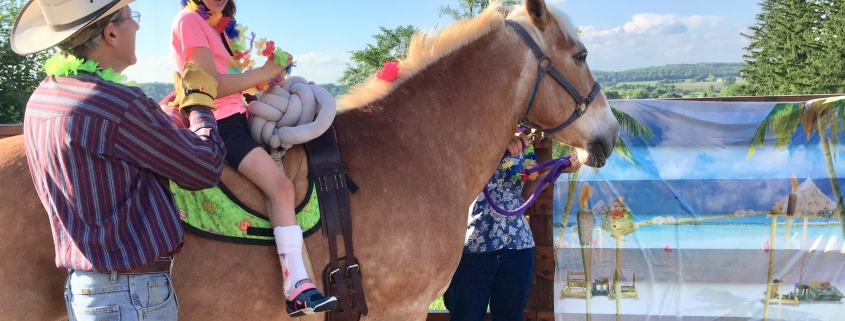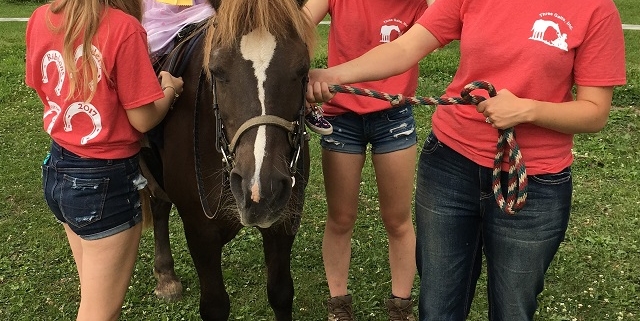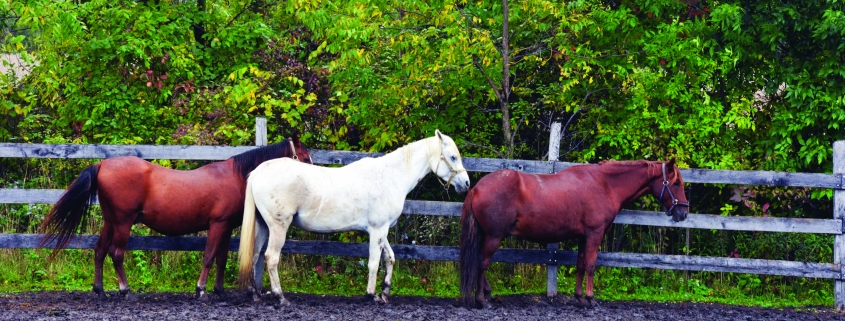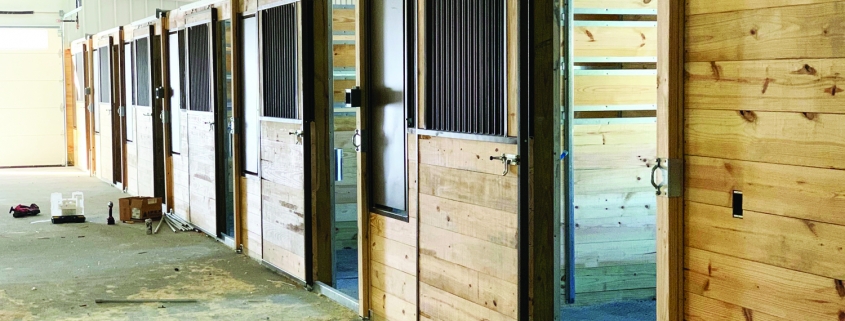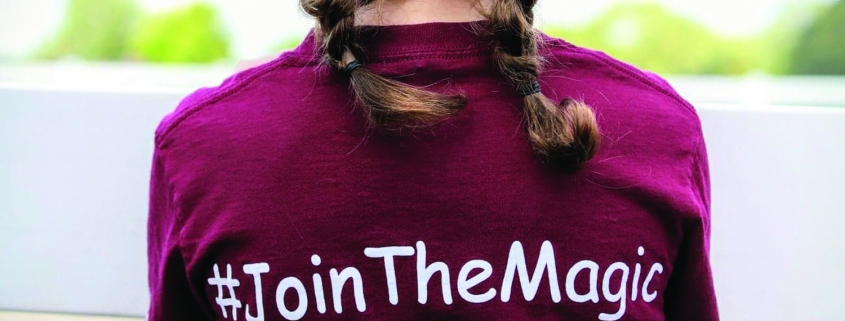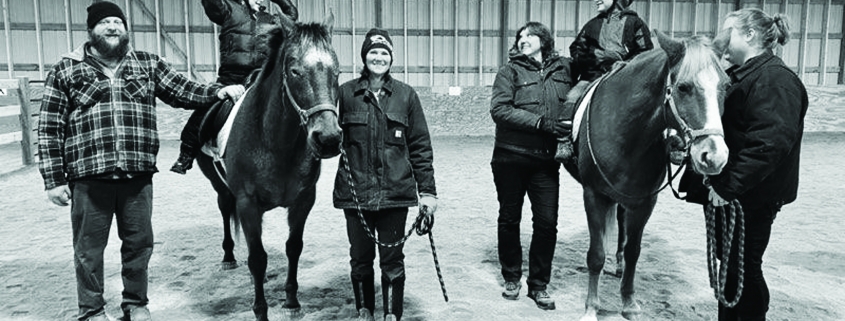I bet Sadie never thought she’d be a working dog with a somewhat local-celebrity status in Sheboygan. But here she is by my side at The Rickety Wagon every day and now in this article!
Why did I decide to adopt Sadie?
After staying in a hostel in Colombia that had Chihuahuas living on-site, I decided it was time to get a dog of my own. In the past, I was accustomed to having big dogs, so this time I decided to get a smaller Chihuahua-type dog. Where from you ask? At the time, my sister had started fostering at a new rescue out of Fond du Lac county called Sandi Paws Rescue. I decided to peruse their website, and I fell in love with Sadie when I saw her with the one droopy ear. Like all the other dogs from Sandi Paws, she was a rescue from the south. And from what I was told, she is from a hoarding situation in Alabama.
In March of 2015, I met her at a PetSmart adoption event and took her home! This March marks our 5-year-adoptaversary and her 7th birthday. She has been an amazing dog from the beginning and luckily came into my life without any major behavioral problems. Her papers list her as a Chihuahua Mix, but her vet suggested she is part Italian Greyhound, which was a breed I never heard of before. I was happy to see a feature on that breed recently in “FETCH Magazine.” Her temperament reflects both breeds: Her ability to outrun every dog at the dog park reflects the Greyhound, and her disinterest in playing with the other dogs most of the time reflects the Chihuahua in her. When I first adopted her, I noticed she was pretty fearful of all men. Now, after several years, this has improved. For a long time, she would hardly take a treat from my dad. This was strange and surprising to see given her extreme food obsession. Now she jumps on his lap when she sees him. She has learned to trust a few other men, too, but still prefers women and children. When I started my business this past year, it occurred to me that it was possible to take her to work with me. So I tried it out a few times, and she does great. She now comes with me almost every day. She greets everyone that comes in the store (unless its nap time), and it brings such a smile to people’s faces. Sometimes people forget they are there to shop! A few regulars come with treats. She’s especially good with kids (which was a work requirement for her), so a number of kids ask their parents to stop at the “dog” store.
Her presence has become such a conversation starter and makes this place feel so much friendlier! Plus, I love that I get to spend all day with her, and she doesn’t have to be home for such long stretches. So as a thank you to Sandi Paws Rescue for bringing this girl into my life, I will be donating 5 percent of sales from the month of March. Happy shopping!
Article Courtesy of Lisa Stewart
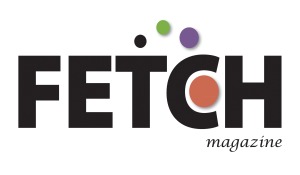

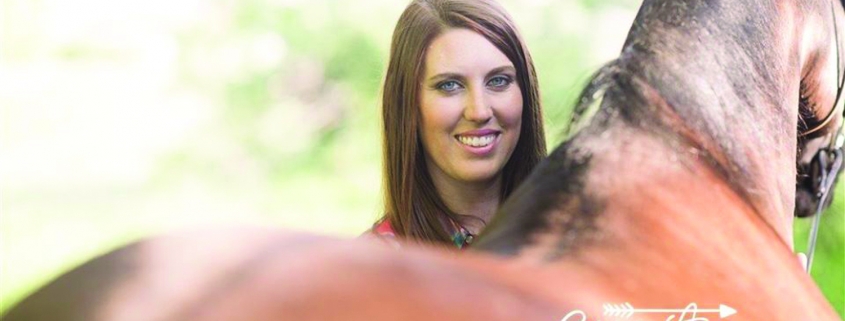
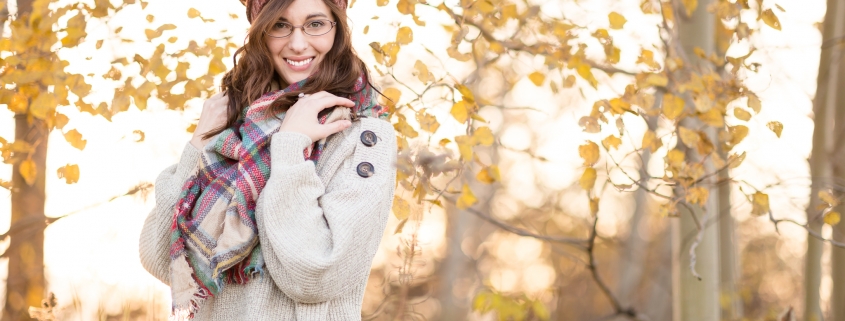
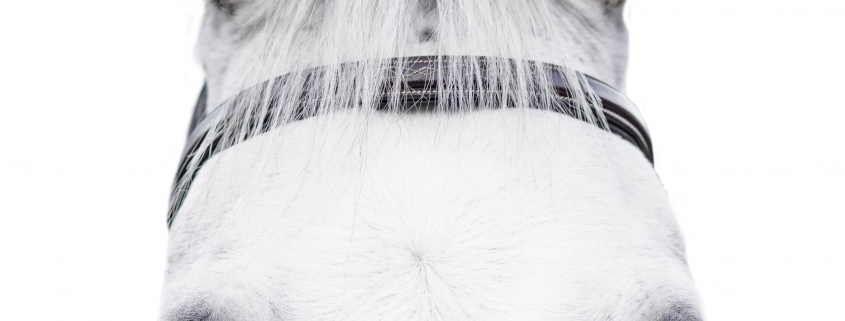 Copper Arrow Photography
Copper Arrow Photography